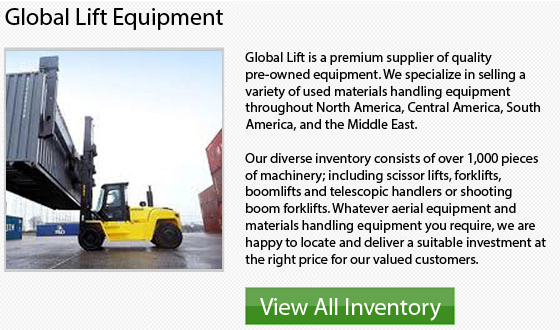
The hydraulic truck crane is a specific mobile crane that utilizes hydraulic power to raise and transport thousands of pounds. Hydraulics utilizes forces being transmitted through oil pushing on the boom's pistons in opposite directions in order to lift thousands of pounds. Hydraulic truck cranes are very essential in building major projects like bridges, airports, roads and buildings. A crane can complete in minutes jobs that would normally take lots of hours and hundreds of men to accomplish.
These impressive machinery have played a vital part in building houses, cities, individual buildings and entire nations throughout the ages. Even the Great Pyramids in Egypt were probably built with the help of basic cranes to enable the heaviest materials in one of the most amazing construction projects of all time.
The first cranes were established during 3000 B.C. Egypt in the reign of King Ramses. This lifting mechanism was originally used to collect water. The first official "cranes" appeared during Ancient Greece. These devices were utilized to create a whole nation during the 5th century B.C.
These cranes were originally made out of wood. The designs of cranes began to change when dockyards began to need stronger and larger equipments. Hick & Rothwell developed the very first cast iron cranes during the year 1834, in Bolton, England. This equipment was capable of lifting up to 2 tons. That very same year, the addition of wire rope was added to the crane by Herr Albert Sr. who was an Official of the German Superior Board. The wire rope made the crane more durable and stronger. This addition allowed cranes to have a bigger capacity to lift heavy weights.
The wire ropes were weaved together forming a more powerful rope with even more strength. The newly formed wire also added more flexibility. 4 years later, Germany started to make cast iron cranes. The first cast iron crane built by Germany was built in Neuburg.